
|
My 1951 OIP 6x30 binoculars are marked as having been made by O.I.P Gand , which is Optique et Instruments de Precision: an optical and instrument maker in Ghent Belgium (Gand is French language Ghent), founded in 1919. These Belgian military binoculars are marked as property of the A.B.L. ( Armee Belge-Belgish Legere/ Belgian Army) |

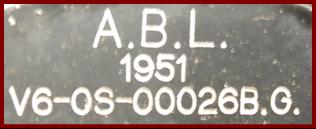
|
A.B. 8x38 Type 31 Belgian Military binoculars made by Optique et Instruments de Precision (O.I.P.) |
|
My OIP 8x38 type 31 Belgian Army binoculars are marked as having been made by O.I.P Gand , which is Optique et Instruments de Precision: an optical and instrument maker in Ghent Belgium (Gand is French for Ghent), founded in 1919. These Belgian military binoculars are marked as property of the A.B. ( Armee Belge), and type 31 binoculars are frequently described as being an artillery model, probably because of a very detailed vertical and horizontal grid that may be designed for shot fall correction. |


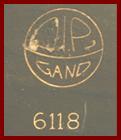
|
C.P Goerz Wein M9 k.k. Landwehrar (kasiserich-konigliche-Landwehr) WWI Cisleithanian Austrian Territorial Army Binoculars with right ocular graticule/ ranging grid |
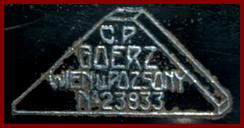
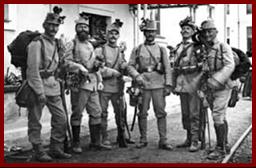

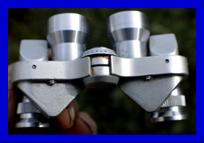
|
Japanese External Reverse Porro Prism Binoculars. WEBSITE MUSEUM |
|
OTHER BINOCULARS #10 & OPTICAL SIGHTS (MOSTLY MILITARY) |
|
WWI French Hunsicker & Alexis Paris and MG marked (Ministre de Guerre) military 8x binoculars, also British Govt. military broad arrow property & disposal marked, and also marked to a Royal Flying Corps pilot who died in a RFC plane crash in 1918 in Egypt. |
|
These are another pair of binoculars where the story they tell is far more interesting than the object itself. Hunsicker & Alexis (Constructeurs) of 38 Rue du Surmelin Paris were French contract suppliers to the French Ministre de la Guerre (MG) and to the UK War Office, and my binoculars are marked with the MG Ministre de Guerre) property mark plus UK military broad arrow property mark and facing broad arrow disposal mark. I have seen enough WWI French MG property marked binoculars that also have British broad arrow property marks that I think there was binoculars contract or equipment supply cooperation or formal equipment exchange between those military allied organizations. These binoculars are engraved to A. H. Govanetti who was Australian born Transvaal South Africa resident and Royal Flying Corps second lieutenant pilot Albert Harcourt Giovanetti, of the 57 Training Squadron, who died at age 29 when he crashed his RE8 2 seat biplane B3444 in Abu Sueir Egypt on Feb 3, 1918. The RE8 was the standard British reconnaissance and artillery aircraft in all theaters of war from mid 1917 to war’s end. These are marked as a gift to R.M. Christe, most likely a girlfriend or a sweetheart. |
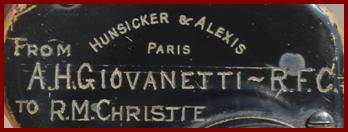
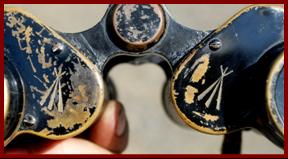
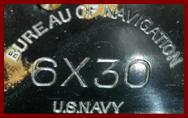


|
Optical & Film Supply Co USA 7x50 British Royal Navy broad arrow marked Military Binoculars with left graticule/ range grid. |
|
WWI French Hunsicker & Alexis Paris and MG marked (Ministre de Guerre) military 8x French Army issued binoculars |
|
WWI Dollond London 8x British Royal Navy broad arrow marked Military Binoculars |
|
WWII (Ross) Mk IV 5x40 British Royal Observer Corps and RAF Aircraft Observers fixed focus broad arrow marked Military Binoculars |
|
My pattern of fixed focus 5x40 Mk IV WWII British military Royal Observer Corps aircraft spotting and coast defense binoculars with RAF stores code “6E/383” were produced under a Royal Air Force contract to Ross commencing in 1941, and carried the “ B ” marking indicating being “bloomed (coated) for better light transmission. These binoculars have distinctive very large rubber eye shields/ hoods to exclude extraneous light, and among other functions were used by anti aircraft searchlight crews. They were originally supplied in a protective box, which is typical for fixed installation binoculars. These binoculars have red painted desiccating ports for purging moisture with dry air. (Partial Information credit Frank Florio). |
|
As with my example above, these WWI 8x binoculars were made by Hunsicker & Alexis (Constructeurs) of 38 Rue du Surmelin Paris France and are “MG” French Ministre de la Guerre property marked .These binoculars were used by the French Army. |
|
According to documents of the US (WWII) War Production board, my Optical and Film Supply Co (NY,NY) 7x50 binoculars were probably part of 1941-1942 US military prismatic binoculars contracts A2973, or NO893126L, or TCG35001, orTCG35002, and then transferred to the UK military under lend lease provisions. I associate the large body broad arrows as being Royal Navy. |
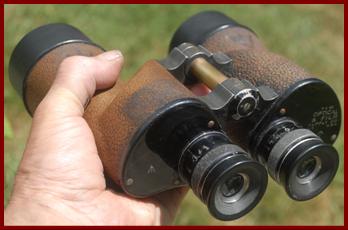
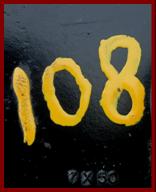
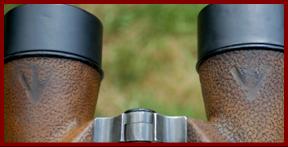

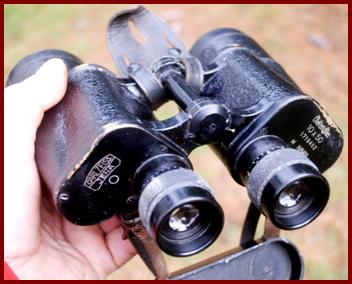
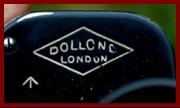
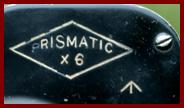
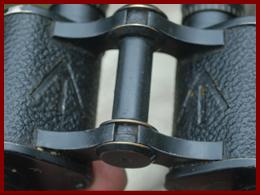
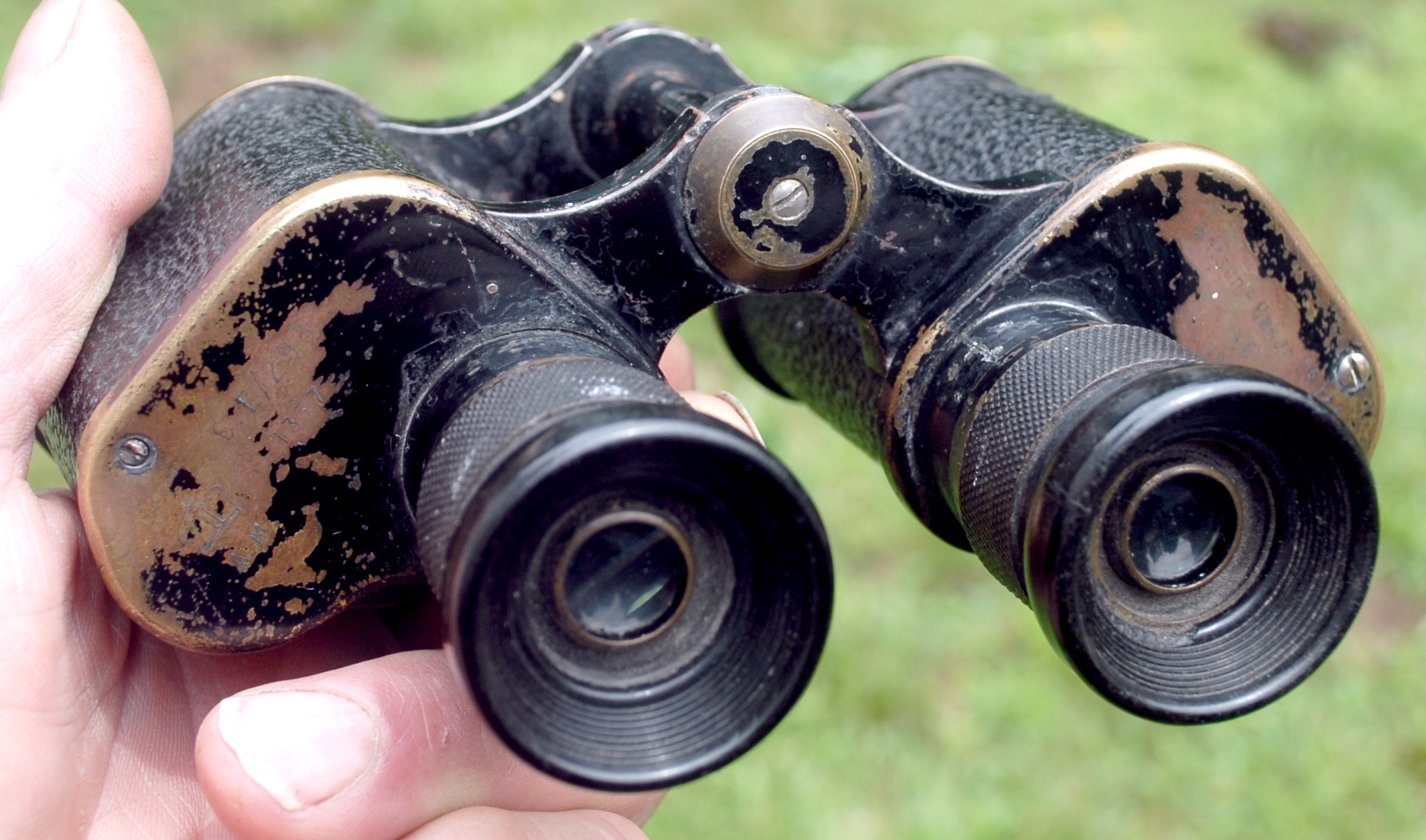



|
My WWI Dollond London 6x Prismatic binoculars are British broad arrow property marked with large yellow body marks I associate with the Royal Navy, then over painted black which I associate with disposal. The original Dolland case is also broad arrow marked and contains spare eye cups. The case and binoculars also contain a painted/ scratched number 1539 that appears to be a property identification, and the binoculars are stamped NP.16. |

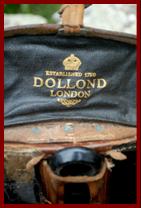
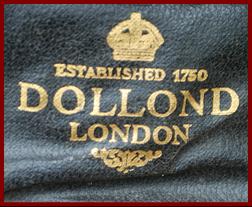
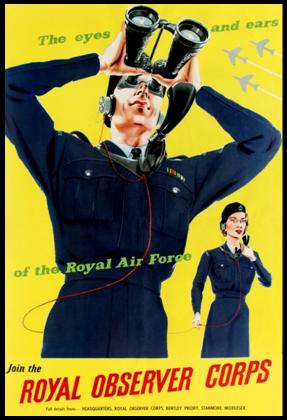

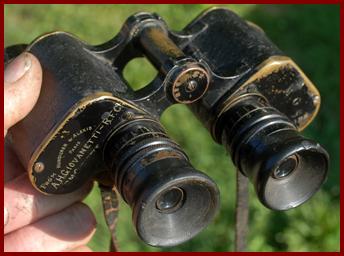
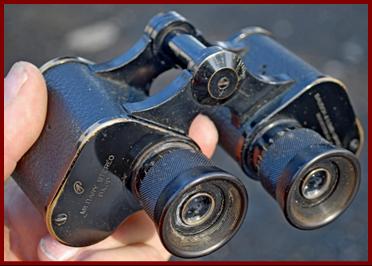

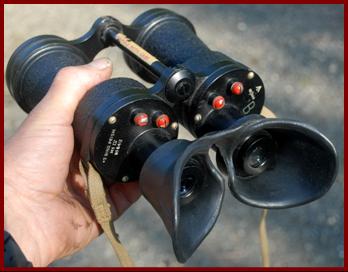
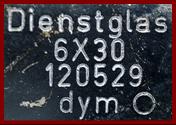
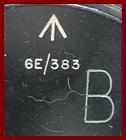
|
U.S. Customs and Border Protection ( Department of Homeland Security) issued and property marked Bushnell Binoculars |
|
When US government departments need small quantities of commercially available binoculars (or just about anything else) they can obtain them through contract government suppliers who source them, without the cost of a bid process. My U.S. Customs property proprty code 66Hd Bushnell branded zoom binoculars carry the exporter SMC mark of Pentax Corp and the BOL QC mark of Bushnell Optical Laboratory. |
|
Optical & Film Supply Co USA 7x50 Australian D arrow D Australian No.5 Mk 1 Military Binoculars with left graticule/ range grid. |
|
My Australian Military D arrow D marked and No.5 Mk 1 designated Optical and Film Supply Co (NY,USA) manufactured 7x50 binoculars were part of the Lend Lease transfer of U.S. binoculars to Australian forces during WWII, as with my Australian military marked Wollensak binoculars on the previous page. My binoculars came from Australia equipped with a US Navy clip on VD filter system. Filter systems are common on UK and Commonwealth naval used binoculars. |
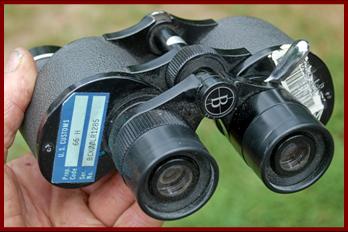
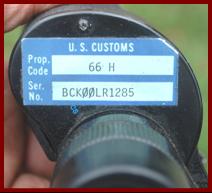
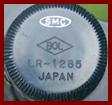
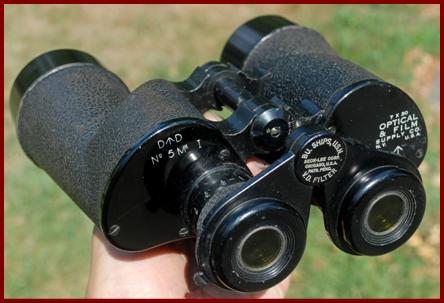

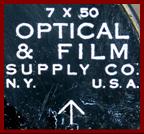

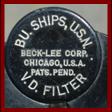
|
WWI 1918 U.S. Navy 3X Non Prismatic binoculars produced by the U.S. Naval Gun Factory Optical Shop Annex |
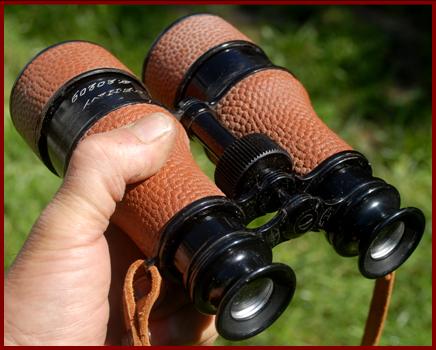





|
Created by the US Navy Dec. 15 1917 seizure of the Crown Optical Co., my U.S. Naval Gun Factory Annex Optical Shop 3 power Galilean non prismatic binoculars for the US Navy in 1918. They have an interesting gravity yellow filter system that drops down when the ocular barrel is rotated. This low performance optical design would have familiar to 1860’s Civil War officers, but was obsolescent compared to 1914-1918 military prismatic binoculars, including those above. |
|
1915? WWI British 6x Ross London Military Binoculars |
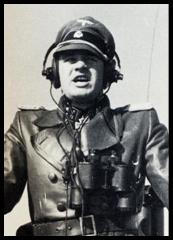


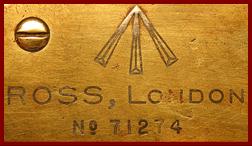
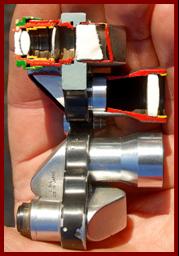
|
My 6x30 Ross London military binoculars (perhaps No. 3 Mk 1?) serial number 71274, and their Ross marked case were claimed to have been made in 1915. Their all contrasting metal filled markings include 4 elaborate British broad arrow military property marks, plus the two milled painted body marks. The case also has three large elaborate broad arrows. The brass would have been black painted originally. These binoculars are believed to have previously belonged to Lt. Colonel John Ford Elkington of the 1st Royal Warwickshire Regiment and of the 1er R é giment d’etranger d’infanterie/ French Foreign Legion in WWI (DSO, Croix de Guerre avec Palme). |
|
WWII 1943 British Kershaw No. 2 Mk. II Military Binoculars with right ocular graticule |
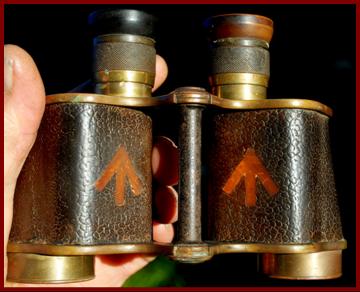
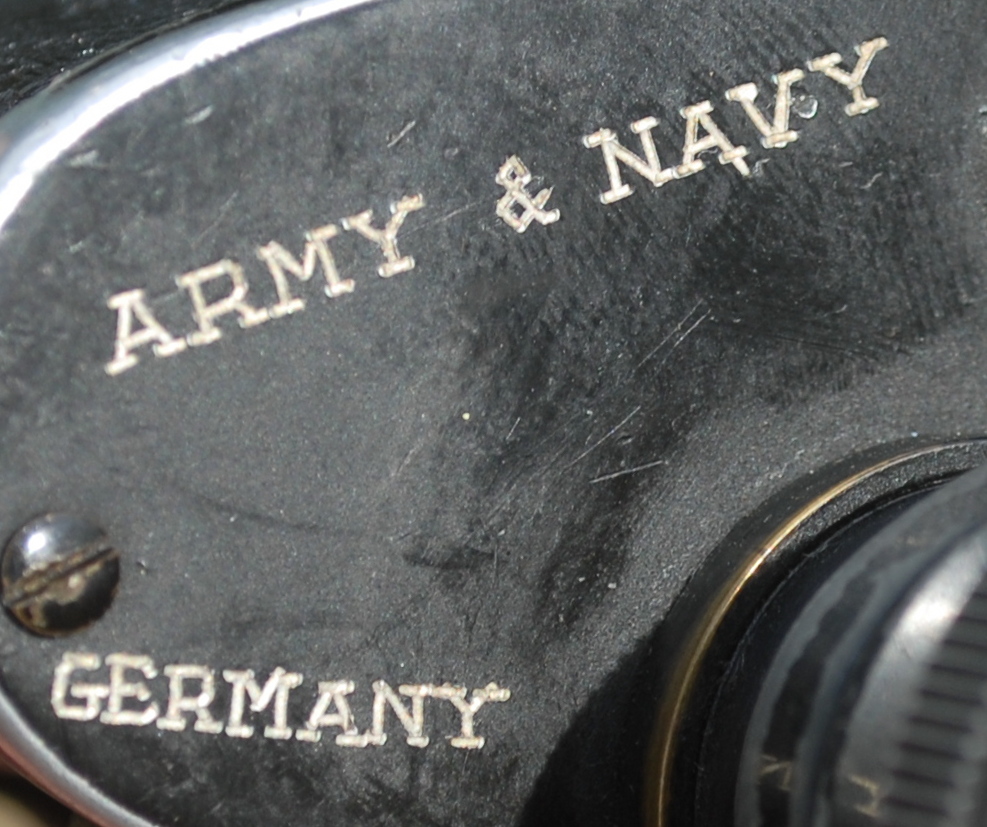


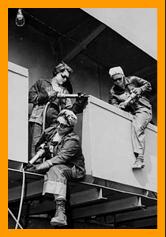
|
Lt. Colonel John Ford Elkington Courtesy Imperial war museum used under a non commercial license. © IWMHU121696 |
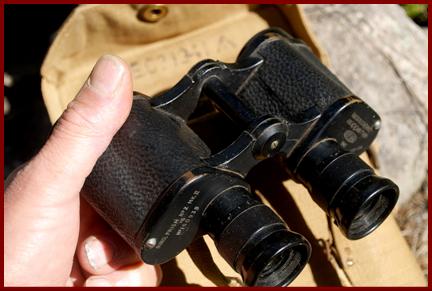
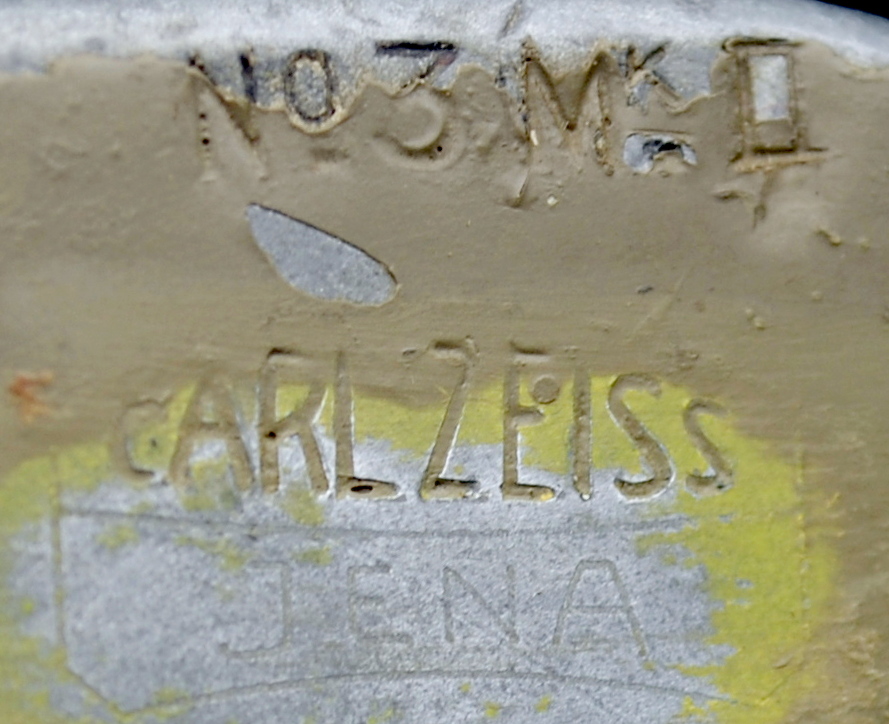


|
My 6x30 Kershaw No. II Mk 2 British military binoculars were made at the A. Kershaw & Son Leeds West Yorkshire England factory. (A. Kershaw & Son was actually part of a consortium of seven companies that made up Amalgamated Photographic manufacturers after 1921). Kershaw made cinematographic projectors (under the Kalee brand), binoculars, and cameras. The O,S, 108-MA marking on these binoculars is Optical Stores Document/ blueprint 108. |
|
WWII 1941 German Zeiss 8x30 Persian Contract Gas Mask Military Binoculars Confiscated and Marked/ Used by the German Kreigsmarine (Navy) with right ocular graticule |
|
In 1941 The Persian government contracted for 500 Zeiss 8x30 gas mask eyepiece binoculars marked with the Pahlvi crown and Carl Zeiss Jena written in Farsi. Whether any actually made it to Persia is uncertain but unlikely, and it may also be unlikely all 500 were produced. Like the WWI Carl Zeiss London German contract shipment confiscated and transferred to the British Woolwich Arsenal, in WWI and WWII many in-process foreign binoculars contacts were seized or taken over by the governments prior tp completion and contact shipment to fill domestic needs, and these and others of this contract were transferred to the German Kreigsmarine (Navy). Perhaps a dozen or less of these are known to still exist, but because binoculars (unless destroyed) always have been a valued item with a potentially indefinite life span, who knows how many of these might be squirreled away somewhere. My pair serial no. 1990792 has had professional cosmetic rehabilitation of some partially scratched markings of Persian crown and number but pre work photos prove all markings accurate. Based on observation of others of these such as #46, and #147, this appears to be the #15 (fifteenth) binocular produced for the contract. Information credits: fernglasmuseun.at; and “Fernglasser und Fernrohre” by Hans Seeger. Thanks to Rod Ald for assistance in acquisition/ documentation. |
|
Ca. 1955 German Hensoldt Wetzlar Diagnon 8x3O Arm é e Francaise (French Army) Contract Military Binoculars of the Algerian War |
|
WWI 1918 U.S. Navy Bureau of Ordnance 10x45 binoculars produced by the U.S. Naval Gun Factory Optical Shop Annex |
|
French Lemaire NY State Agency property marked contract binoculars |
|
I normally have little interest in Galilean opera glasses, including turn of the century French Lemaire models. But these binoculars acquired unintentionally as a part of a lot of Goodwill binoculars, one of which was for a Big/ Little section match up, are an exception. I perceive the N.Y. O.G.S. Co marking to be the New York State Office of General Services (procurement) organization at the turn of the last century. I cannot identify the “PROPERTY OF THE A.O.G. C.E.” agency official/ dept. property marking. |
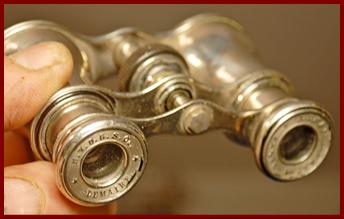
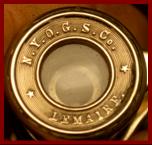
|
1951 A.B.L. 6x30 Belgian Military binoculars made by Optique et Instruments de Precision (O.I.P.) |


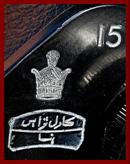
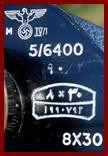
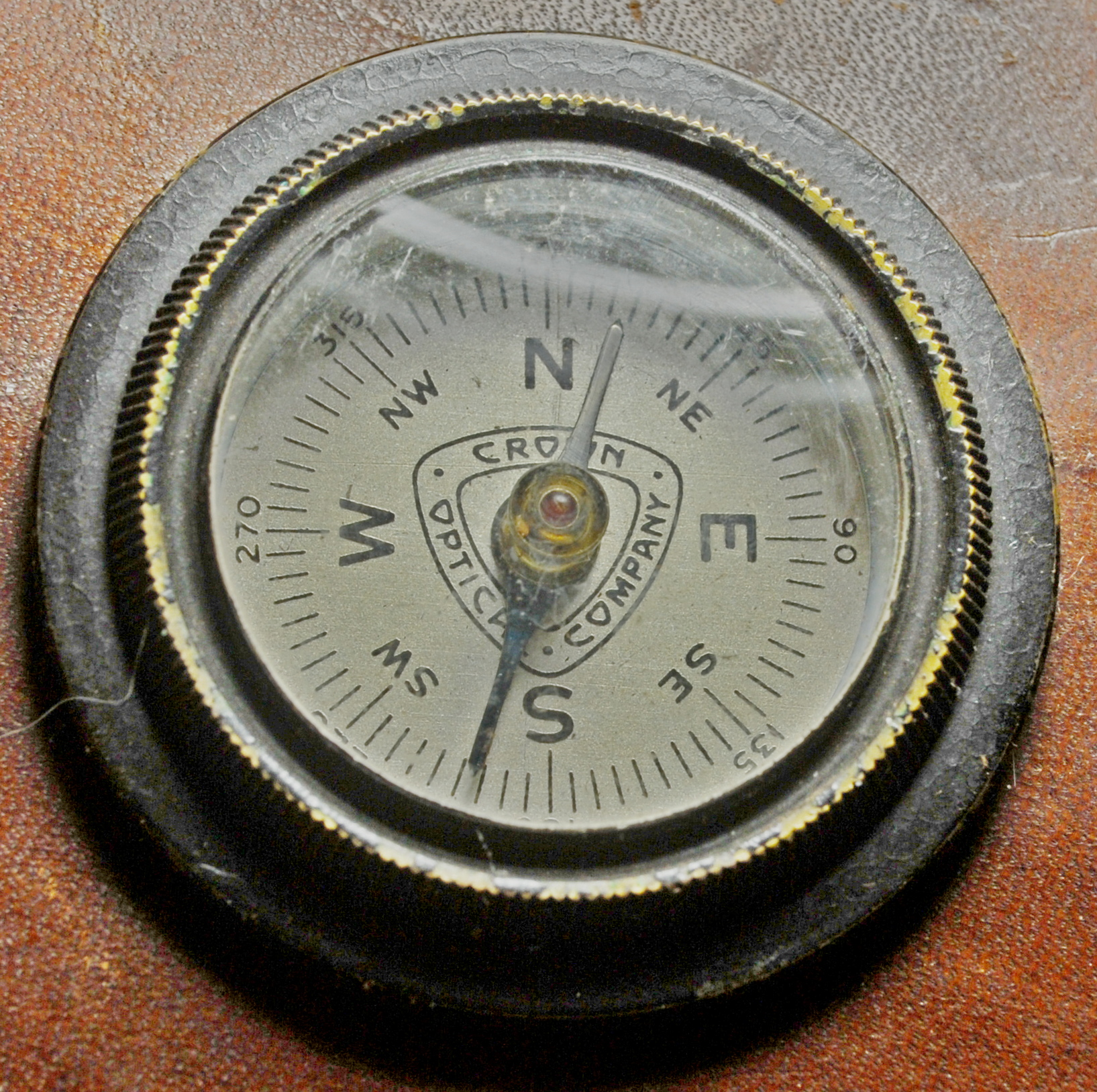



|
Created by the U.S. Navy Dec. 15 1917 seizure of the Crown Optical Co., my U.S. Naval Gun Factory Annex Optical Shop (Rochester NY) produced 10x45 binoculars were made for the US Navy Bureau of Ordnance in 1918. The Bureau of Ordinance existed 1862-1959 as the U.S. Navy organization that was responsible for the procurement, storage, and disposal of all U.S. naval weapons. My 10x45 binoculars have rotating yellow ocular optical filters for naval use, and have sliding objective sun shields. |

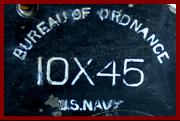

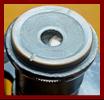
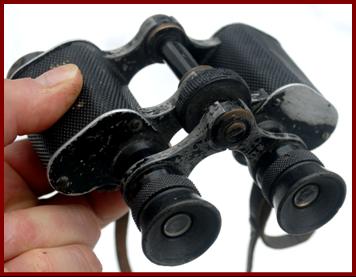

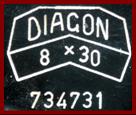
|
After WWII the victorious military forces has lots of binoculars, but forces that had been defeated had lost their binoculars either officially en mass to their opponent or else seized by individual soldiers. My Hensoldt Wetzlar Diagon 8x30 binoculars are French Army marked ARM Ė E FRANCAISE. The Hensoldt Diagon 8x30 individual focus military model binoculars were introduced in 1955. My example is believed military contract binoculars associated with French Army rearmament for the French Algerian war of 1954-1962. Eye shades are replacements |
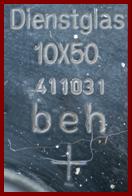


|
My C.P. Goerz M9 Feldstecher 6 fach Mit Skala (model 9 field glasses 6 power with scale) were manufactured at the Goerz Pressburg/ Pozsony factory in Bratislava Austria (established in 1908), with the Vienna and Pozsony factories dedicated to military optics contract production. My model 9 binoculars are property marked Eigentum des k.k. Landwehrarars (property of the kaiserich konigliche Landwehrararars), which was the territorial army of the Cisleithanian/ (Austrian part of the Austrian Hungarian Empire) from 1869-1918. Landwehrarars members are pictured during World War I in 1914 at top left. |
|
CBS Broascasting (Television Sports or News) Property Marked Selsi Luminous 7x50 Binoculars |
|
I have seen lots of property marked items. Such markings have 2 primary intents. The first is to deter people from misappropriating items (the reason property markings are often scratched out). The second is as an inventory control mechanism to log issuing items, record repairs, control replacement, etc. A nicely tagged or property marked item (and metal and plastic tags are also easily peeled off) can actually encourage item theft as a desirable souvenir, so large and intentionally unattractive and permanent rotary tool property identity markings like this are actually recognized by property management to more actively discourage theft, so are not uncommon. |
|
Minox Miniature Camera Adapted to 12x Primascope Monoscope with Minox Fixture |
|
This optical combination of a Minox sub miniature camera with Minox binocular adaptor and Prismascope monoscope showed up at my local flea market at a cheap price and it looked fairly interesting, and was a combination I had not come across previously, so I couldn’t resist. (I already have some boxed Minox B and Minolta sub miniature cameras that I had scooped up from the flea market in the past). |
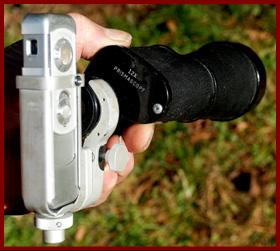

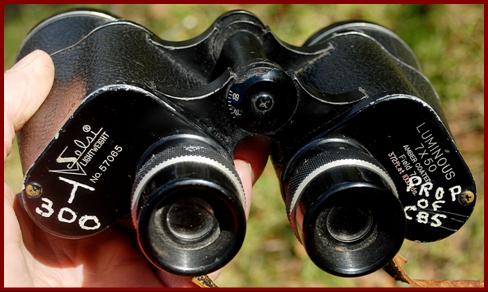
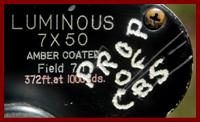
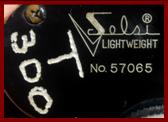
|
My CBS Sports or News (broadcasting) property marked binoculars are Japanese Selsi Luminous lightweight 7x50 binoculars assembled by JB101/ Hifumi Kogaku Kikai Co. Ltd. of Japan, on a body/frame made by JE7/ Nippon Kogaku Kogyo Co. Ltd. of Japan. It is an individual focus model and I believe that it dates to the 1960’s or late 1950’s. |


|
FOR GERMAN WWII BINOCULAR and OPTICAL MANUFACTURER CODES |


|
USN/ US Navy Mark XI Model 13 Telescopic Gun Sight |
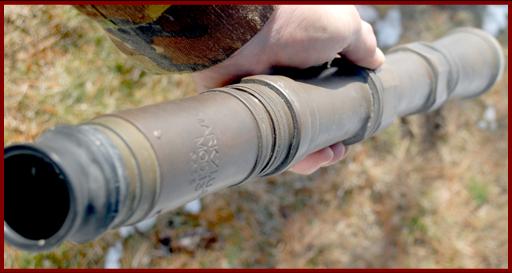
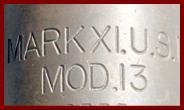

|
My 24” long and heavy (7 lb) brass MK XI USN Mod 13 brass telescope is presumably a direct fire telescopic gun sight, as it has a non ranging center cross hair. I have found no reference information on these so far, but have seen a photo of an almost identical Mark XI Mod 1 unit which has March 17,1903 patent date markings (but unfortunately no patent no.) so this gives a clue about the original era of these units. If anyone has documentation on these, please email me at miniature.binoculars@gmail.com. |